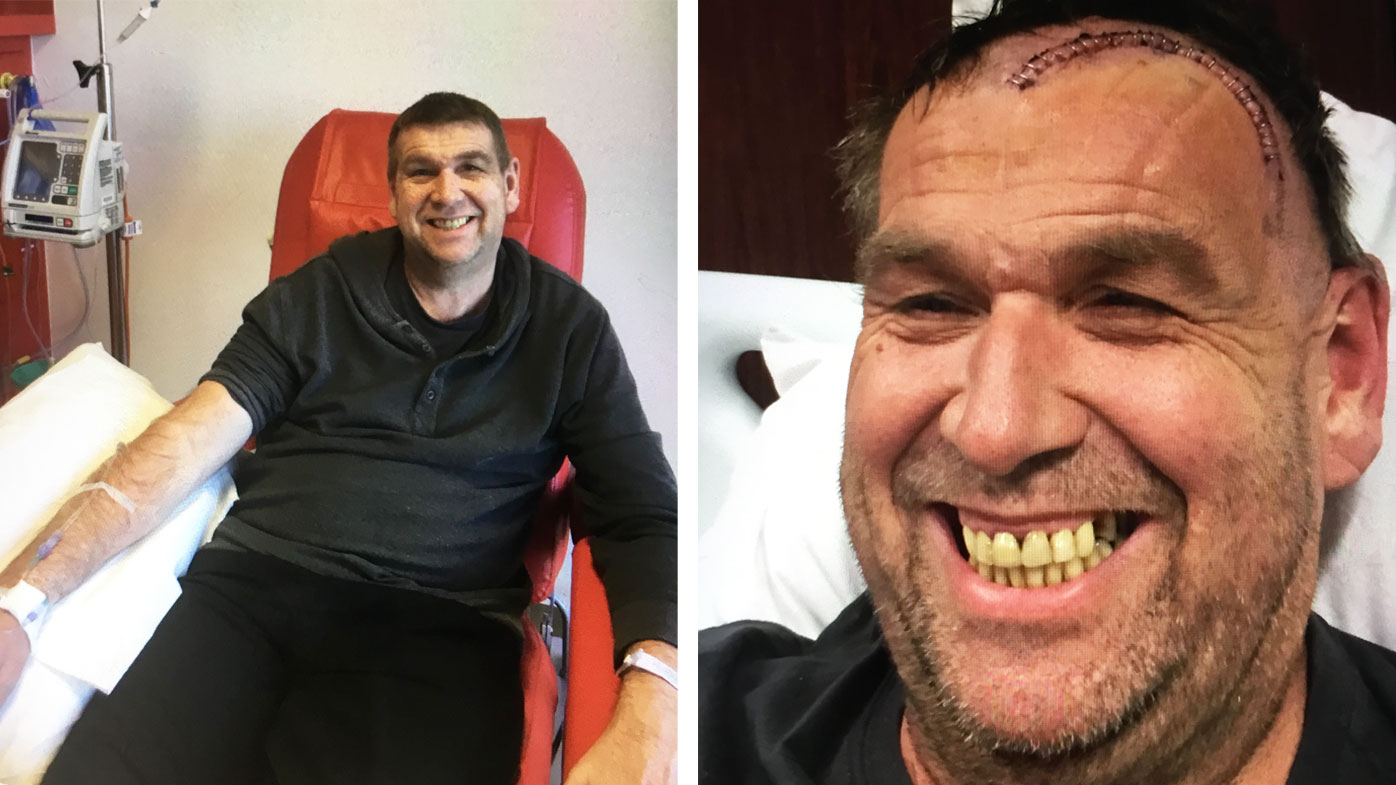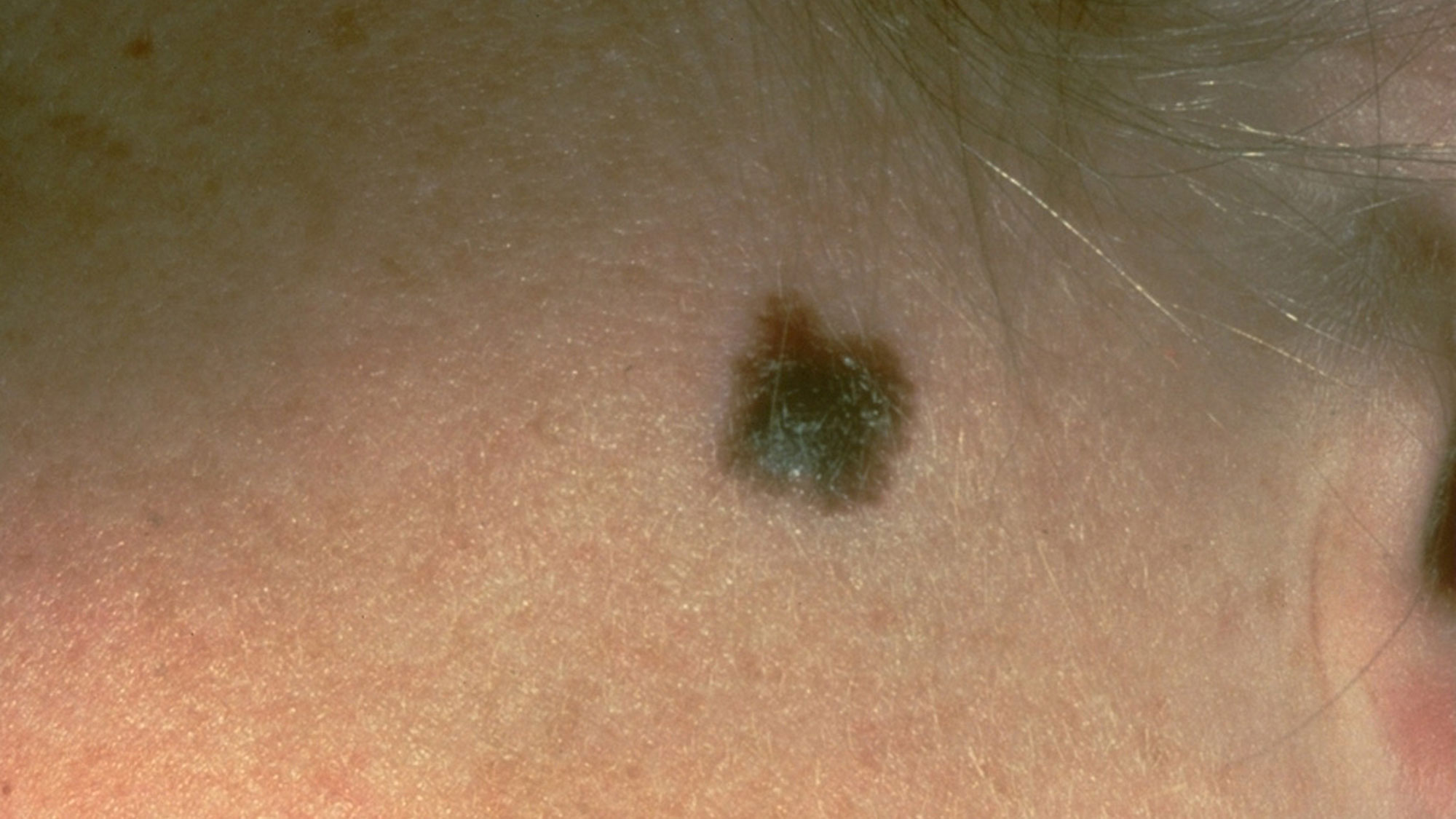Almost 90,000 fewer skin lesions have been removed across Australia during the course of the pandemic, prompting fears many people with cancer are going undiagnosed.
The number of skin lesions removed, for both suspected and confirmed cancers, has dropped dramatically in all Australian states and territories - except for ACT and Tasmania.
From January to September 2021, about 30,000 fewer skin lesions were removed across Australia compared to the same period in 2019, Medicare data provided by Pathology Awareness Australia to 9news.com.au shows.
READ MORE: Alcohol can cause skin to burn faster, may increase melanoma risk

During the same months in 2020, there were 59,000 fewer skin lesions removed.
The most affected place was the Northern Territory with removal of lesions down seven per cent in 2020, and 17 per cent in 2021.
New South Wales had seven per cent fewer lesions excised in 2020 and six per cent fewer in 2021.
Excisions in the most locked down state, Victoria, were down 10 per cent in 2020, but started to catch up in 2021, being one per cent over 2019 numbers.
South Australia also had fewer lesions removed; eight per cent fewer in 2020 and three per cent fewer in 2021.
Pathologists say the figures point to a much larger number of skin checks being missed, given many check-ups don't lead to the removal of a lesion.
Brisbane histiopathologist Nick Musgrave said the statistics were a big concern.
"The data is unequivocal. It's a real concern that there have been fewer skin samples referred for pathology testing as a result of the pandemic," Dr Musgrove said.
"Delayed diagnosis could see patients requiring more invasive treatment or having serious complications including spread of the disease.
"It's a mistake to think of skin cancers as being fairly innocuous."
'There was a tennis ball-sized melanoma'
Steve Solomon knows all to well how dangerous skin cancers are after being diagnosed with terminal melanoma in 2016.
The 61-year-old from Melbourne has beaten the odds to survive, but not before having five brain surgeries to remove cancerous growths.
Mr Solomon's skin cancer journey started at the age of 40 when his wife noticed a lump on his scalp in 2000.
It turned out to be a melanoma, giving the father-of-three a shock.
The skin cancer was removed successfully and Mr Solomon kept up with regular skin cancer checks.
There was no sign of anything untoward for the next 16 years.

Then, in 2016, Mr Solomon said his wife became concerned something was wrong.
"My wife noticed that I was doing things out of the ordinary," Mr Solomon said.
READ MORE: How the COVID-19 pandemic has impacted cancer diagnosis, treatment in Australia
"One time, I went down to the bank to and came home without getting any money out, I had completely forgotten what I had gone for," Mr Solomon said.
Mr Solomon's wife became so concerned about his behaviour that she took him to the emergency department at their local hospital.
"They did some scans which showed there was a tennis ball-sized melanoma in my brain and one the same size in my lung," he said.
"I was told that I had stage-four metastatic melanoma and to get my affairs in order.
"I was put in an ambulance and had brain surgery the next morning."
Mr Solomon has been undergoing immunotherapy treatment and, for the past two years, no cancerous growths have appeared in his brain.
The medication is also keeping the melanoma in Mr Solomon's lung from growing.
Mr Solomon said it was important people did not put off getting regular skin cancer checks.
"The quicker doctors catch it, the quicker they can do something about it," he said.
"These days, they have mole mapping where they can pick up straight away if anything changes shape or colour and it's all pretty painless."
While science had come up with many incredible advancements that helped save his life, missing a skin cancer check-up could still mean the difference between life and death, he said.
"If you get there too late, it doesn't matter what (treatments) they have."
Contact reporter Emily McPherson at emcpherson@nine.com.au.
